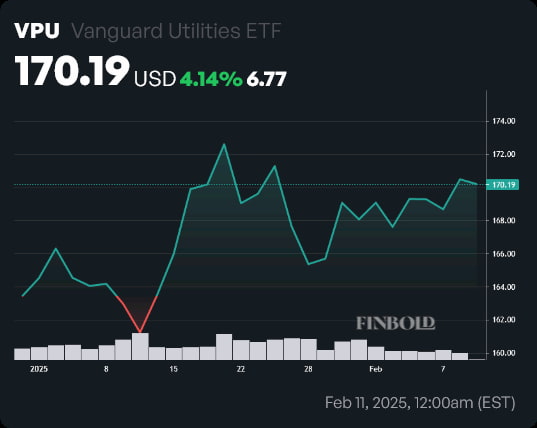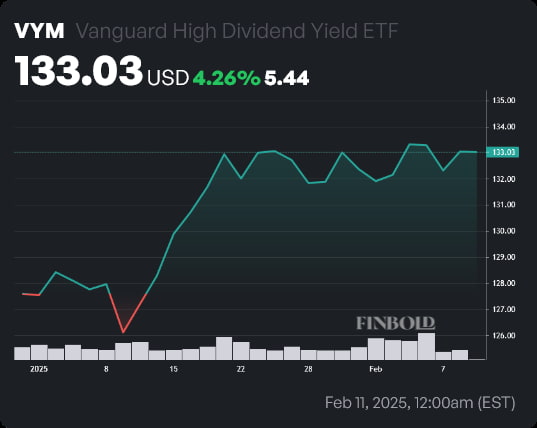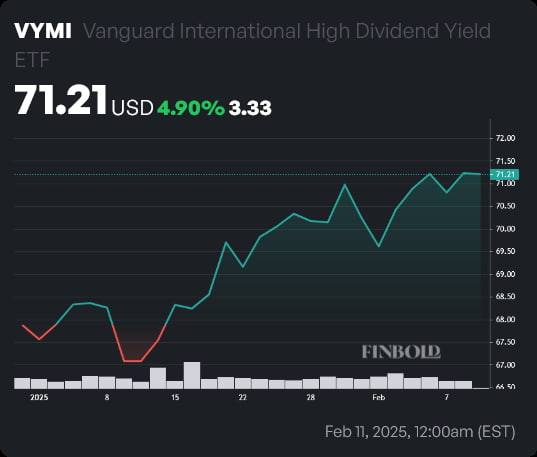Vanguard, the world’s second-largest provider of exchange-traded funds (ETFs) after BlackRock (NYSE: BLK) offers a wide range of investment vehicles for investors to choose from.
ETFs make diversification a breeze — more to the point, it’s easy to incorporate them into a portfolio.
While most investors tend to opt for broad-market index funds, like the ones tracking the S&P 500, choosing a basket of securities that is a bit more focused can provide superior results. The issue with broad market index funds is that for every stock in the fund that performs the way you want it, you’ll also have to deal with just as many, if not more, underperformers.
The same holds true for investors who are after passive income in the form of dividends. Investing in ETFs that are purpose-built to capture dividend payments is both simpler and oftentimes more effective than going through the laborious process of selecting individual stocks on your own.
Finbold has identified three of Vanguard’s dividend ETFs that are well-positioned to provide both steady payments and enviable capital appreciation in the short and medium terms.
Vanguard Utilities ETF (VPU)
Vanguard’s Utilities ETF (NYSEARCA: VPU) seeks to replicate the performance of the MSCI US Investable Market Utilities 25/50 Index. Since the start of the year, the price of VPU has increased by 4.14% — at press time, a single share of the fund was trading at $170.19.

VPU offers wide exposure to the sector through a mix of small-cap, mid-cap, and large-cap stocks — the fund has 69 holdings and a dividend yield of 2.99%. Investors who opt for this fund will have to contend with a 0.09% expense ratio
Here’s why investing in VPU might be a smart play — the utilities sector has provided impressive returns ever since the start of the artificial intelligence (AI) boom. Seeing as how demand for power-hungry data centers is only increasing, this Vanguard ETF seems primed for significant capital appreciation going forward.
Vanguard High Dividend Yield ETF (VYM)
The Vanguard High Dividend Yield ETF (NYSEARCA: VYM) seeks to replicate the performance of the FTSE High Dividend Yield Index, which focuses solely on stocks that are forecast to have higher-than-average dividend yields.
On a year-to-date (YTD) basis, VYM has provided a 4.26% return. At the time of publication, this ETF was trading at a price of $133.03.

Don’t let the FTSE in the name fool you — this ETF contains only U.S. equities. Compared to the first entry on the list, VYM is slightly better in terms of fees — with a 0.06% expense ratio. Although it has a slightly lower dividend yield than VPU, at 2.9%, in the long run, exposure to a wider array of sectors makes VYM a less risky choice.
Vanguard International High Dividend Yield ETF (VYMI)
The last entry on our list is Vanguard’s International High Dividend Yield ETF (NASDAQ: VYMI). Although overseas equities sometimes get a bad rap, the third of Vanguard’s dividend-paying funds we’re covering today has actually provided the greatest returns since the start of the year, at 4.90%. At press time, VYMI was trading at $71.21.

With an expense ratio of 0.17%, VYMI is slightly more expensive than your average ETF — however, diversification is its main strength. The fund tracks the FTSE All-World ex-US High Dividend Yield Index. In an era where gains are primarily driven by the sky-high valuations of U.S. tech companies, having a hedge in case of a downturn might prove to be a wise choice.
VYMI pays out dividends on a quarterly basis, and also currently maintains the highest dividend yield on this list at 5.42%.
Featured image via Shutterstock








